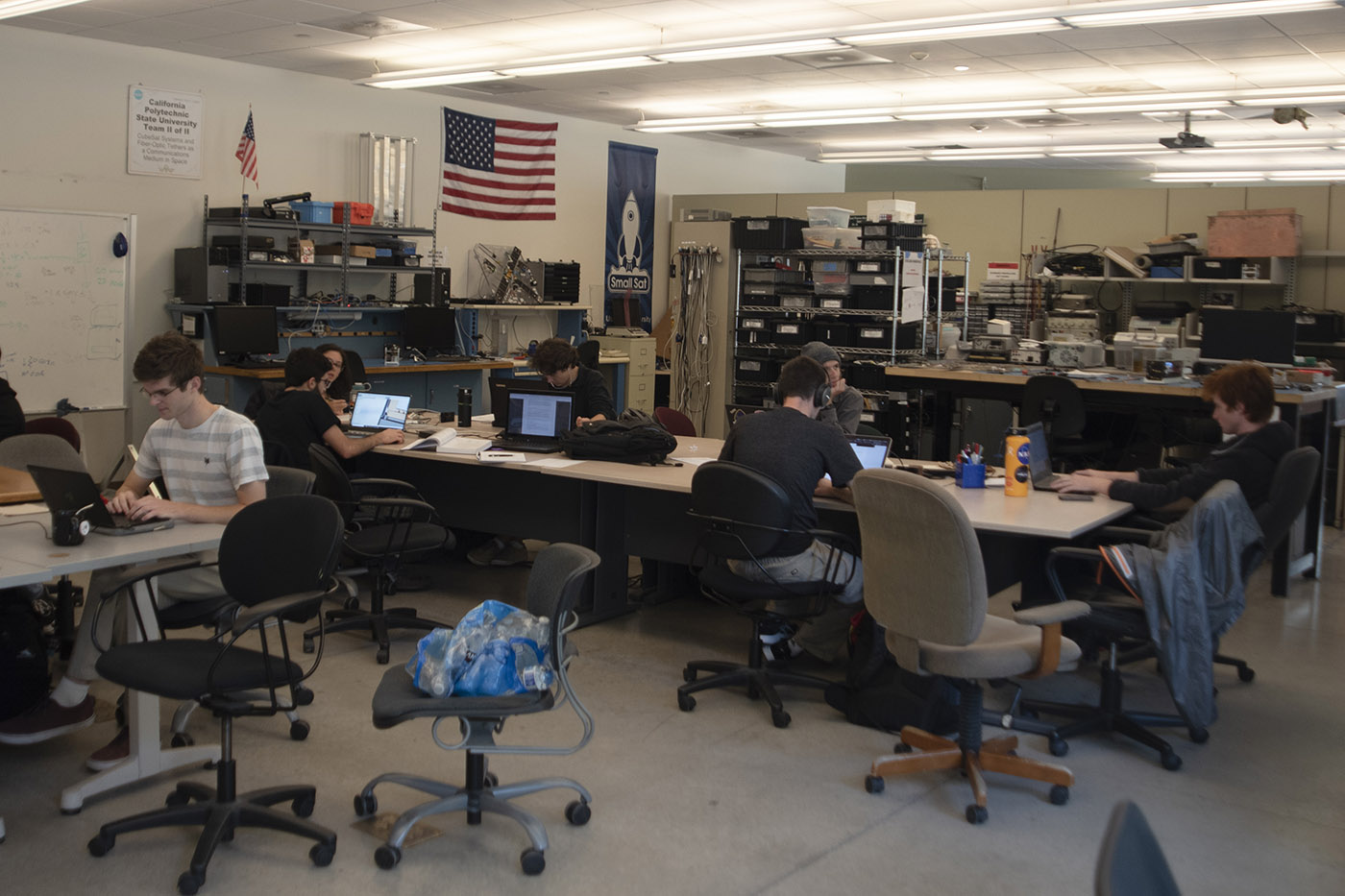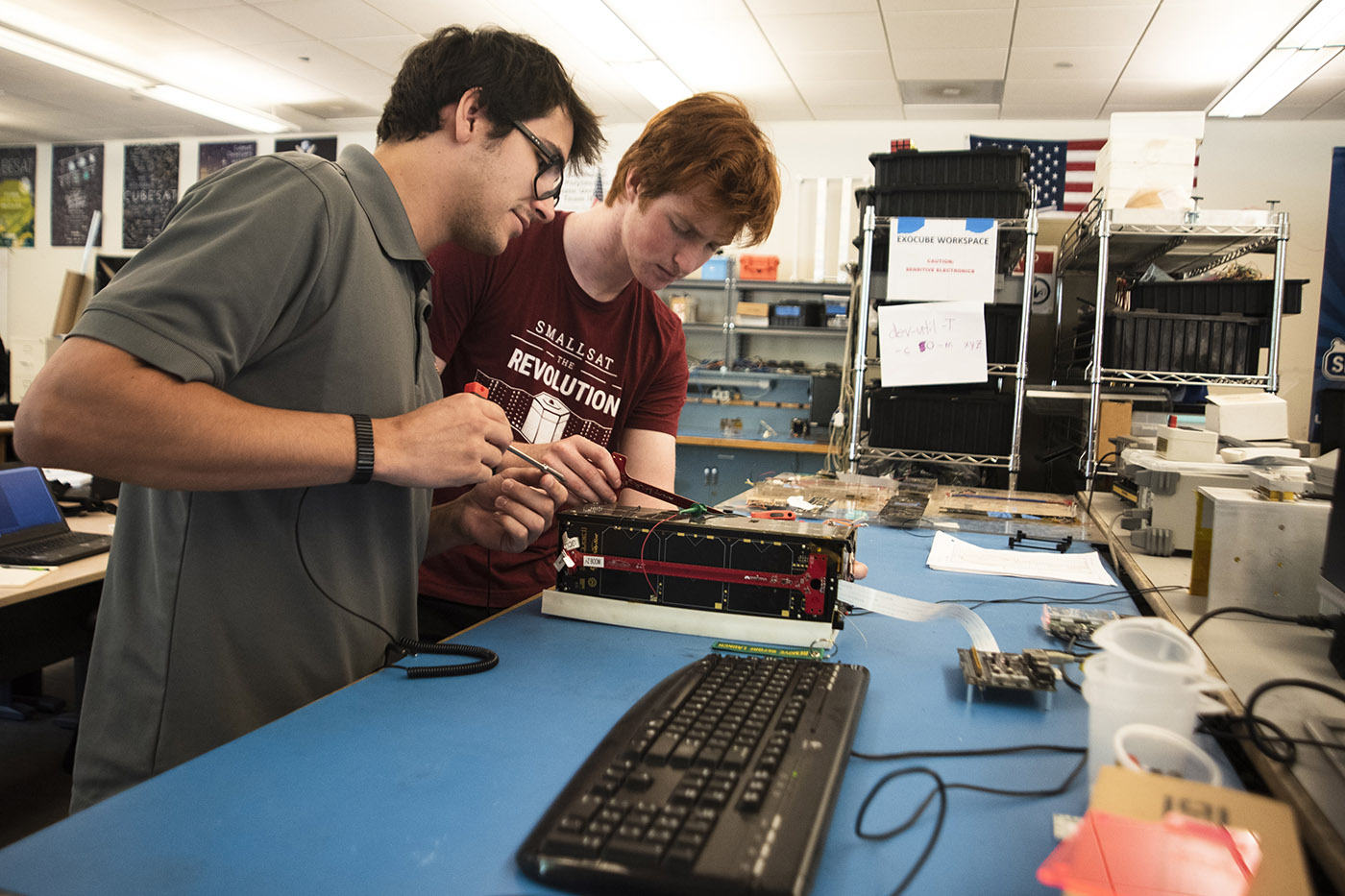Cal Poly students will now be helping the United States Strategic Command track more than 23,000 small objects orbiting Earth in the first university partnership of its kind.
As the amount of satellites and space debris — like rocket bodies and dead payloads — grows in Earth’s orbit, government officials are calling for increased monitoring, according to a news release.
This agreement adds Cal Poly to a list of more than 100 commercial and foreign nations working together to expand the ability to monitor, understand and predict objects in orbit around the Earth.
“I think it’s great,” computer science professor and Cal Poly CubeSat Laboratory Director John Bellardo said. “I think it’s always impressed me over the years, the number of first and the number of groundbreaking things we’ve been able to do here out of the CubeSat lab. And hopefully we can set some trends or precedent for other universities to be able to follow suit.”

Cal Poly’s proximity to Vandenberg Air Force Base and its activity in launching and monitoring small CubeSat satellites helped secure the agreement, according to Bellardo.
“This first-of-its-kind partnership will allow current and future Cal Poly students to gain hands-on experience working with our four CubeSats currently in orbit and how they affect, and are affected by, other satellites in orbit,” President Jeffrey Armstrong said in the news release.
Cal Poly has a long history of working with Vandenberg Air Force Base. In the late 1990s, emeritus aerospace engineering professor Jordi Puig-Suari teamed with Stanford professor Bob Twiggs to develop the CubeSat standard — a small satellite that could ride aboard government and commercial space launches, according to the news release.
In the past two decades, hundreds of CubeSats have been launched. The Cal Poly CubeSat Laboratory is currently preparing its 12th CubeSat to launch in the next few months, Bellardo said.
“The future of space is reliant on research and the advancement of technology to enhance overall space-flight safety and the long-term sustainability, stability, safety, and security of the space environment,” Rear Admiral Richard Correll said.
The Cal Poly CubeSat Laboratory team plans to use the data to determine if LightSail 2, a mini satellite that harnesses the photons of the sun to propel itself, is working correctly by collecting on-the-ground data of where the satellite has been and the position the sail is in, according to Bellardo. Multiple Cal Poly CubeSat Laboratory staff and lab members aided The Planetary Society in the LightSail 2 mission.
“It’s been an amazing opportunity for me,” physics senior Michael Fernandez said. “We were able to basically operate these spacecraft and see how they work and get photos down, and, you know, really be involved in the satellite process.”

